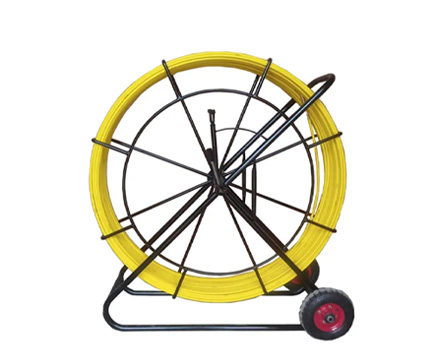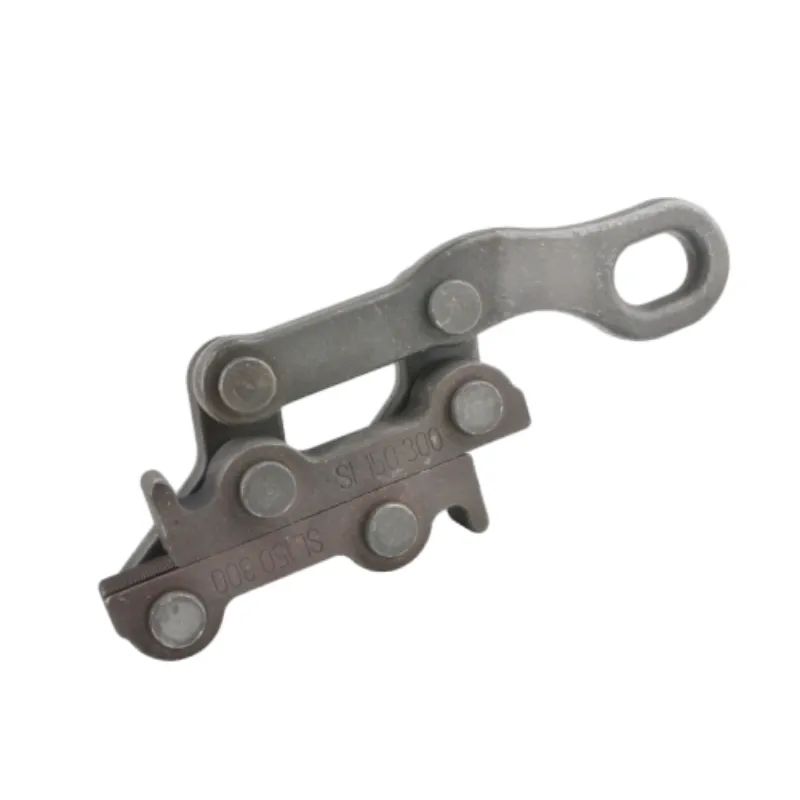
-
 Afrikaans
Afrikaans -
 Albanian
Albanian -
 Amharic
Amharic -
 Arabic
Arabic -
 Armenian
Armenian -
 Azerbaijani
Azerbaijani -
 Basque
Basque -
 Belarusian
Belarusian -
 Bengali
Bengali -
 Bosnian
Bosnian -
 Bulgarian
Bulgarian -
 Catalan
Catalan -
 Cebuano
Cebuano -
 Corsican
Corsican -
 Croatian
Croatian -
 Czech
Czech -
 Danish
Danish -
 Dutch
Dutch -
 English
English -
 Esperanto
Esperanto -
 Estonian
Estonian -
 Finnish
Finnish -
 French
French -
 Frisian
Frisian -
 Galician
Galician -
 Georgian
Georgian -
 German
German -
 Greek
Greek -
 Gujarati
Gujarati -
 Haitian Creole
Haitian Creole -
 hausa
hausa -
 hawaiian
hawaiian -
 Hebrew
Hebrew -
 Hindi
Hindi -
 Miao
Miao -
 Hungarian
Hungarian -
 Icelandic
Icelandic -
 igbo
igbo -
 Indonesian
Indonesian -
 irish
irish -
 Italian
Italian -
 Japanese
Japanese -
 Javanese
Javanese -
 Kannada
Kannada -
 kazakh
kazakh -
 Khmer
Khmer -
 Rwandese
Rwandese -
 Korean
Korean -
 Kurdish
Kurdish -
 Kyrgyz
Kyrgyz -
 Lao
Lao -
 Latin
Latin -
 Latvian
Latvian -
 Lithuanian
Lithuanian -
 Luxembourgish
Luxembourgish -
 Macedonian
Macedonian -
 Malgashi
Malgashi -
 Malay
Malay -
 Malayalam
Malayalam -
 Maltese
Maltese -
 Maori
Maori -
 Marathi
Marathi -
 Mongolian
Mongolian -
 Myanmar
Myanmar -
 Nepali
Nepali -
 Norwegian
Norwegian -
 Norwegian
Norwegian -
 Occitan
Occitan -
 Pashto
Pashto -
 Persian
Persian -
 Polish
Polish -
 Portuguese
Portuguese -
 Punjabi
Punjabi -
 Romanian
Romanian -
 Russian
Russian -
 Samoan
Samoan -
 Scottish Gaelic
Scottish Gaelic -
 Serbian
Serbian -
 Sesotho
Sesotho -
 Shona
Shona -
 Sindhi
Sindhi -
 Sinhala
Sinhala -
 Slovak
Slovak -
 Slovenian
Slovenian -
 Somali
Somali -
 Spanish
Spanish -
 Sundanese
Sundanese -
 Swahili
Swahili -
 Swedish
Swedish -
 Tagalog
Tagalog -
 Tajik
Tajik -
 Tamil
Tamil -
 Tatar
Tatar -
 Telugu
Telugu -
 Thai
Thai -
 Turkish
Turkish -
 Turkmen
Turkmen -
 Ukrainian
Ukrainian -
 Urdu
Urdu -
 Uighur
Uighur -
 Uzbek
Uzbek -
 Vietnamese
Vietnamese -
 Welsh
Welsh -
 Bantu
Bantu -
 Yiddish
Yiddish -
 Yoruba
Yoruba -
 Zulu
Zulu


יול . 08, 2025 05:26 Back to list
5 Ton Winch for Heavy Lifting Durable & Efficient 20 Ton Winch, 4 Ton Winch, 6 Ton Winch Solutions
- Introduction to 5 Ton Winch: Definition, Specifications, and Market Relevance
- Technical Advantages of Medium-Sized Winches
- Comprehensive Manufacturer Comparison and Industry Data
- Customization Options for Diverse Operation Needs
- Real-World Applications and Case Studies
- Maintenance Strategies and Operational Safety for Long-Term Use
- Conclusion: Future Value and Market Trends of the 5 Ton Winch

(5 ton winch)
Introduction to 5 Ton Winch: The Powerhouse for Medium-Duty Lifting
The 5 ton winch
has become an indispensable piece of equipment within the lifting and rigging industry, celebrating a balance of capacity, versatility, and efficiency. As construction, marine, and industrial projects evolve, demand for reliable, mid-range lifting solutions surges. The 5 ton winch is engineered for loads up to 11,000 lbs, positioning it perfectly between lighter (4 ton) and heavier-duty (20 ton) alternatives. Typically powered by electric, hydraulic, or diesel systems, 5 ton winches are tailored for steady, controlled pulls and hoists across a variety of applications. With precise load control and enhanced safety features, they present a compelling case for mid-scale operations seeking to manage costs while maintaining robust operational capabilities.
Unmatched Technical Advantages Across Winch Models
Mid-range winches, particularly those rated for 5 tons, bring advanced engineering and operational benefits to the field. One key advantage is the integration of high-torque motors with minimal energy draw, optimizing efficiency without sacrificing performance. For instance, a modern 5 ton winch can achieve a line speed of up to 12 meters per minute under full load—dramatically outperforming older models. Enhanced drum design prevents cable overlap and reduces wear, resulting in longer service life and lower maintenance costs.
Additionally, the 5 ton range frequently features modular mounting brackets and ergonomic control panels for faster installation and safer operation. Built-in load limiters reduce the risk of overloads, directly supporting site safety compliance. Comparing across the segment, the 4 ton winch caters to lighter, more mobile operations, with slightly lower operational costs but also less flexibility for scaling up. Conversely, the 20 ton winch—while powerful—demands more infrastructure, higher capital investment, and can be excessive for medium-duty projects.
Manufacturer Data and Industry-Wide Performance Comparison
Selecting a winch is not merely a matter of rated capacity; discerning buyers examine factors such as motor efficiency, warranty coverage, and customer support. The following data table compares leading global manufacturers for 4 ton, 5 ton, 6 ton, and 20 ton winches:
| Brand | Model Type | Rated Load (ton) | Motor Power (kW) | Line Speed (m/min) | Warranty (years) | Average Price (USD) |
|---|---|---|---|---|---|---|
| LiftMaster | LM6000 | 4 | 4.5 | 15 | 2 | 3,800 |
| AtlasWinch | AW5000E | 5 | 6.0 | 12 | 3 | 5,200 |
| HeavyPull | H6K | 6 | 7.2 | 9 | 2.5 | 6,300 |
| TitanEquip | TTW20000 | 20 | 19 | 7 | 4 | 13,800 |
Data source: Manufacturer brochures and international distributor catalogues, 2023.
AtlasWinch’s AW5000E, representing the 5 ton segment, demonstrates leading performance with above-industry warranty terms and competitive pricing, making it a top selection for clients requiring balance between cost and capacity.
Customization Options for Demanding Operations
Every project brings unique environmental demands, requiring the ability to specify custom-built winch configurations. Clients frequently opt for weather-resistant enclosures and marine-grade coatings when deploying winches in harsh coastal or off-shore environments. Variable speed controls, wireless remote operation, and programmable load limit switches can be selected to enhance both usability and safety.
For 5 ton and similar winches, these options empower end-users to streamline workflows. Custom drum lengths accommodate non-standard rope capacities, enabling quick adaptation from light-duty lifts to more substantive, repetitive hoisting operations. By choosing the right configuration, users can minimize downtime, lower energy usage, and directly address the risks inherent to their projects.
Application Scenarios and Case Studies from the Field
The versatility of medium-capacity winches is evident in a variety of sectors. In civil construction, 5 ton winches participate in bridge erection, steel placement, and formwork movement—where precise, reliable lifting is critical. A recent infrastructure project in the Midwest reported a 32% reduction in labor incidents after integrating programmable winch controls with factory-installed load sensors.
In the energy sector, utility companies use 4 ton winches for stringing cable and transformer positioning, favoring their portability. Meanwhile, heavy industrial sites—mining, shipyards, and renewable energy installations—rely on ruggedized 6 ton winches for multi-shift duty cycles. Each scenario highlights how precise capacity selection, proper customization, and brand support combine to drive operational efficiency.
In a large shipbuilding yard in Northern Europe, replacing a fleet of legacy 20 ton winches with a combination of modern 5 and 6 ton models reduced annual maintenance costs by nearly 27% and improved overall site safety compliance metrics.
Long-Term Maintenance and Safety Protocols
Protecting operational assets hinges on adherence to intelligent maintenance schedules and robust safety practices. For the 5 ton winch and its close counterparts, routine inspections—focusing on cable condition, drum alignment, and brake performance—are vital. Industry data shows that sites following OEM maintenance cycles experience 40% fewer unplanned outages compared to those with irregular servicing.
Incorporating modern digital monitoring systems enables pre-emptive alerts for wear-and-tear, enhancing readiness and protecting personnel. Operator training remains non-negotiable; investments in certification courses yield tangible returns in reduced incident rates and more efficient troubleshooting. Finally, systematic documentation and transparent reporting of maintenance help build a culture of accountability at every operational level.
Conclusion: Ensuring Long-Term Value in the 5 Ton Winch Segment
In conclusion, the 5 ton winch stands out as a smart, strategic asset for operations straddling the line between versatility and robust capacity. By balancing competitive pricing with advanced features and customization potential, today’s 5 ton winch meets the rising demands of diverse industries. Comparative performance data supports its relevance among 4, 6, and 20 ton alternatives, while real-world use cases showcase improved productivity and safety outcomes.
As market needs continue to shift toward intelligent, scalable solutions, investing in the right winch technology—and adhering to proven maintenance and safety frameworks—remains a direct pathway to operational efficiency, longevity, and future growth. Industry trends suggest continued innovation and refinement will further bolster the 5 ton winch’s value proposition for years to come.

(5 ton winch)
FAQS on 5 ton winch
Q: What can a 5 ton winch be used for?
A: A 5 ton winch is suitable for lifting or pulling loads up to 5 tons. It’s commonly used in construction, mining, and marine industries. Always check your required load capacity before use.Q: How does a 20 ton winch differ from a 5 ton winch?
A: A 20 ton winch is designed for much heavier loads, up to 20 tons. It’s ideal for large construction projects and heavy-duty industrial environments. Ensure your power and safety setups match the higher capacity.Q: Is a 4 ton winch enough for small vehicles?
A: Yes, a 4 ton winch can handle small vehicles like cars and ATVs. Always verify the vehicle’s weight and winching conditions. Overloading may result in equipment failure and safety risks.Q: What power sources are available for a 6 ton winch?
A: A 6 ton winch may be powered by electricity, hydraulics, or manual operation. Choose the power source best suited for your application and site conditions. Consult product details for compatibility.Q: Can I use a 5 ton winch for both lifting and pulling?
A: Yes, a 5 ton winch is suitable for both lifting and pulling applications. Ensure the winch is rated for the specific use and safety standards. Never exceed the rated load capacity.Latest news
duct-rodders-and-conduit-rod-tools
NewsAug.22,2025
ratchet-pullers-and-wire-tightening-tools
NewsAug.22,2025
chain-ratchet-pullers-and-hoist-solutions
NewsAug.22,2025
telescopic-hot-stick-for-electrical-and-high-voltage-use
NewsAug.22,2025
cable-clamp-and-insulated-cable-clamp-systems
NewsAug.22,2025
duct-rodder-conduit-rodder-and-cable-solutions
NewsAug.22,2025








